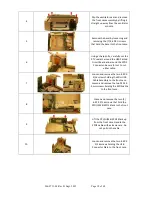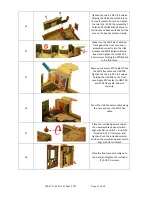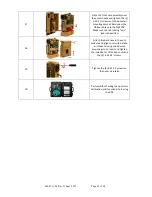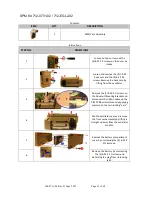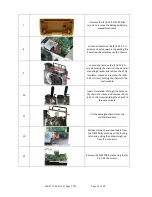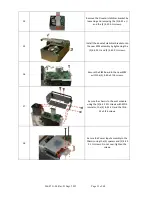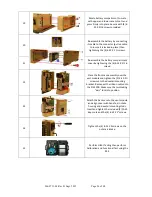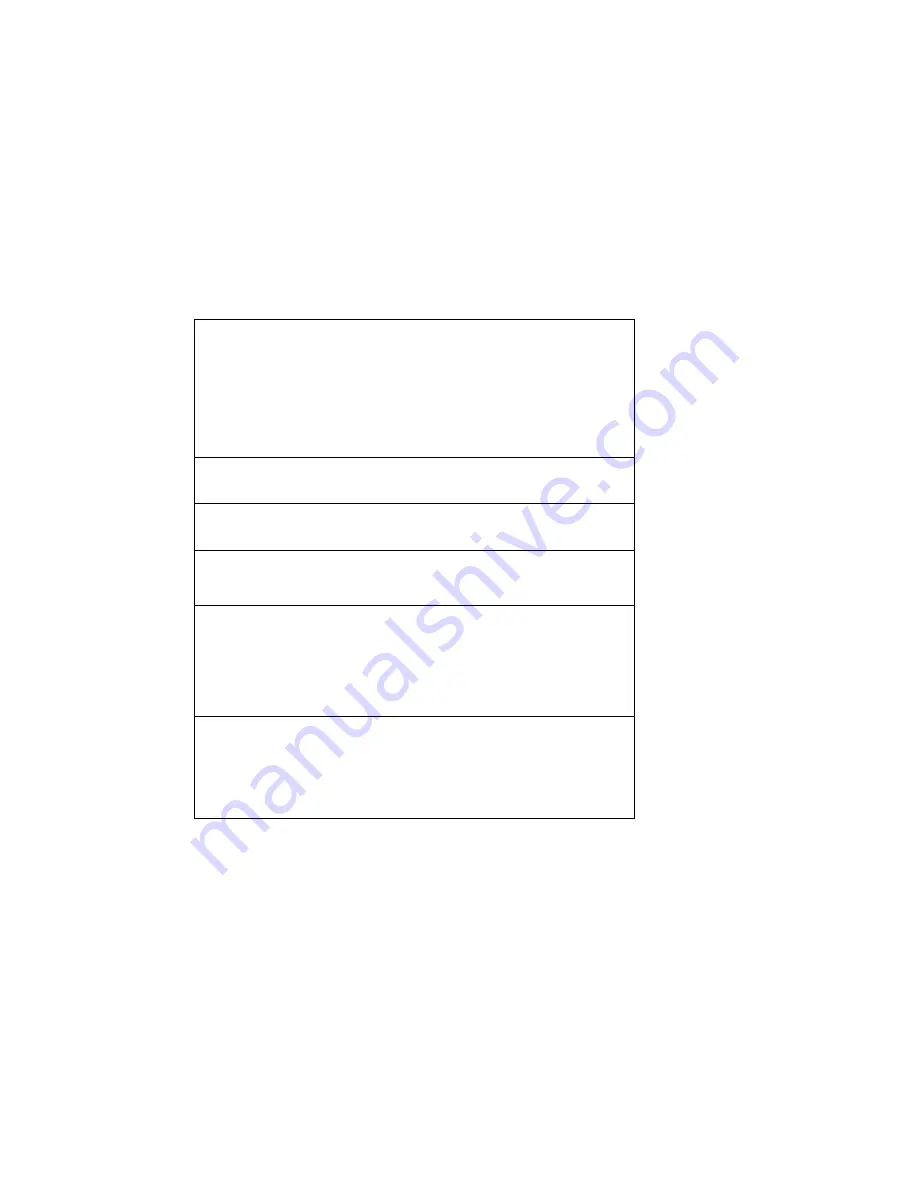
906-0731-04 Rev. B Sept. 2012
Page 9 of 68
MAINTENANCE
This device should be incorporated into a regular maintenance program to ensure safe and effective
operation. Electro-mechanical and pneumatic components are subject to wear and fatigue over time and
components will deteriorate more quickly when used continuously. To maintain safe operation, it is the
user's responsibility to ensure that periodic inspections and maintenance is performed and that
recommended maintenance is performed by Impact or a certified Impact trained technician.
Routine Inspections
Routine inspections should be performed on this ventilator at regular intervals and prior to its being placed
into service. Routine inspections consist of the following:
Operational inspection – after every 1,000 hours of use or more
frequently if the ventilator has been used in austere environments,
confirm that that device functions properly by power cycling the
ventilator while it is connected to a ventilator circuit and test lung.
Operate the ventilator at its default settings and exercise the
membrane buttons and the rotary optical encoder to ensure they
operate as intended.
Accessory inspection – replace power supply if there is damaged or
cracked casing, plugs, or cut/frayed or exposed wiring.
Filter inspection – check the foam and disk filter for dust/dirt build up
and/or physical damage. Replace if dirt is visible or filter is damaged.
Battery inspection – check the battery icon to ensure battery is
charging and that the ventilator operates correctly.
Breathing circuit inspection – check on a daily basis the breathing
circuit for damage or wear including but not limited to cracking,
discoloration or disfigurement. If there is any sign of physical
degradation or the unit is indicating breathing circuit problems,
replace with a new breathing circuit.
High Pressure Hoses inspection: Examine hoses for cracking,
discoloration and disfigurement. Wipe the exterior wall with a damp,
soapy cloth. Dry with a lint-free cloth. Examine end connection
fittings for damaged threads and sharp edges. Replace if defective,
DO NOT attempt to repair.
Cleaning
1.
The ventilator’s outer case should be cleaned with a damp soapy cloth and thoroughly dried with a
lint-free cloth. Make sure that all exposed surfaces are cleaned and dried.
2.
For general decontamination/cleaning situations, a 10% bleach solution applied with a damp cloth
is an effective decontaminant that can be used. Since the potential amount of contaminants that
our ventilators might be exposed to is so large, it is difficult to provide an appropriate cleaning
method for each type of exposure. An effective cleaning agent for one type of exposure may not be
effective with another and cleaning and sterilizing practices may vary between institutions. Impact
Instrumentation, Inc. suggests that each facility have in place a procedure for the cleaning and
disinfection of its medical equipment and that these procedures be consulted for further guidance.


















